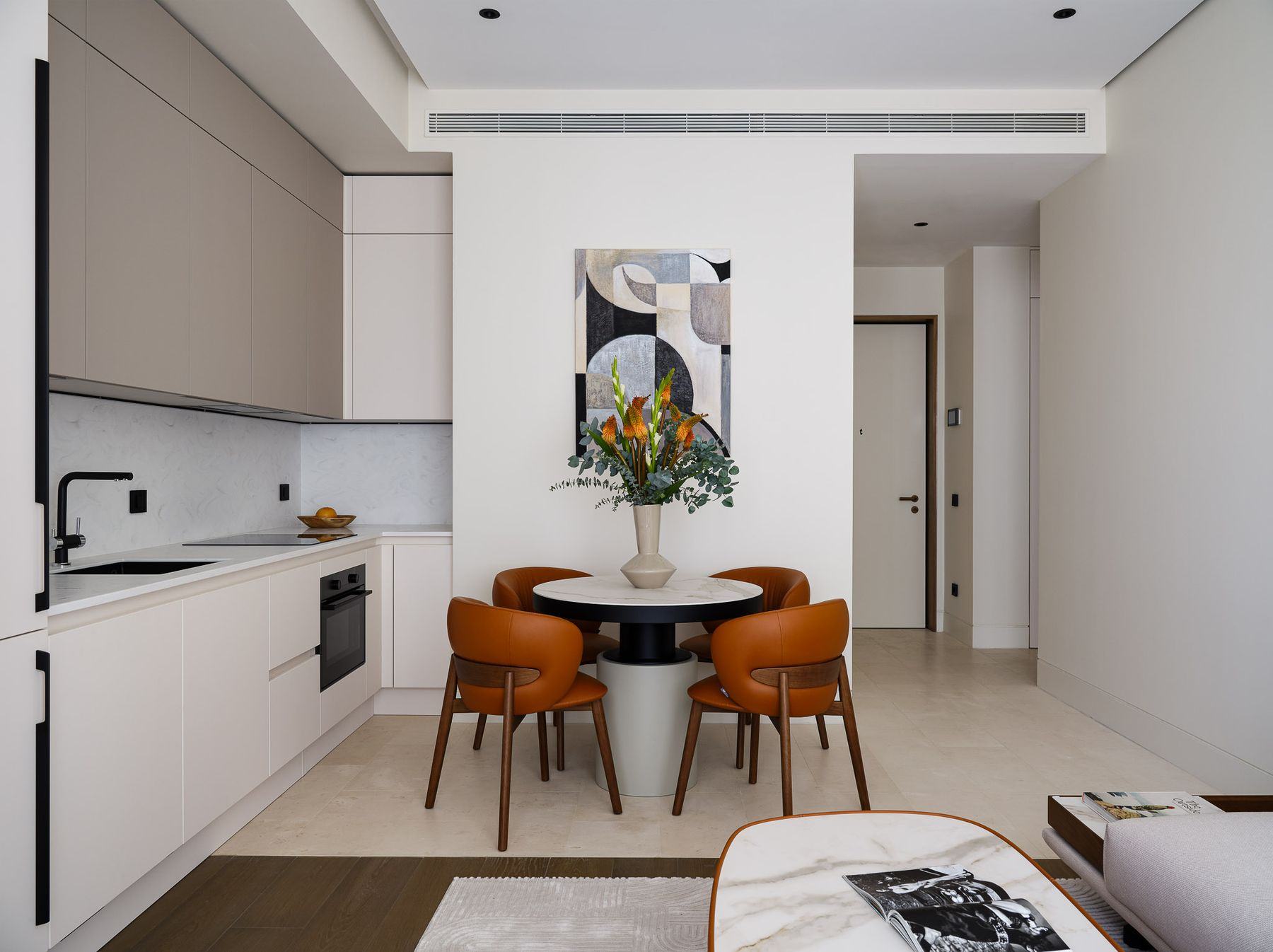
Sophisticated Culinary Havens Crafted
Introduction to Gourmet Destinations
In the world of fine dining and gastronomy, there exist special places that are considered meccas for food lovers and culinary connoisseurs—sophisticated culinary havens. These destinations are not just about the food; they are crafted experiences that offer a deep dive into local culture, innovative cooking techniques, and exceptional service. Across the globe, cities and regions are becoming recognized as pillars of culinary excellence, drawing in visitors who are eager to taste the artistry of world-renowned chefs.
Defining the Culinary Haven
A culinary haven is defined by its ability to provide an immersive dining experience that exceeds the expectations of even the most discerning palates. The establishments in these regions—from bistros to Michelin-starred restaurants—embrace the local ingredients and culinary history, while also pushing boundaries with modern interpretations and avant-garde presentations. They are designed to engage all the senses, where the ambiance, plating, aroma, and flavors work together to create memorable meals.
Regions of Renown
Great culinary havens often share a common thread of having rich traditions in food and drink. Regions like Tuscany in Italy, Provence in France, and Kyoto in Japan are celebrated for their iconic cuisines and ingredients. However, emerging destinations such as Lima in Peru, with its fusion of indigenous and colonial culinary traditions, or Copenhagen in Denmark, home to the New Nordic cuisine phenomenon, are claiming their spots on the global culinary map for their innovative and sophisticated approaches to food.
Chef-driven Experiences
Central to these culinary havens are the talented chefs who infuse their personalities and visions into their cuisine. The passion and creativity of these chefs have the power to elevate local ingredients to new heights and transform traditional dishes into contemporary masterpieces. Whether it's a local chef upholding generations-old cooking techniques or a celebrity chef innovating with unexpected flavor combinations, the common denominator is culinary excellence.
Design and Aesthetics
The architecture and interior design of dining spaces in culinary havens are crafted to complement the eating experience. Design elements often reflect the chef’s philosophy and the region’s cultural essence. From sleek, modern interiors to rustic, homely venues, the design language of each space adds a unique dimension to the dining experience, further sealing the restaurant's status as a not-to-be-missed destination.
The Role of Locality
Local produce and traditions form the soul of sophisticated culinary havens. These destinations pride themselves on using fresh, locally sourced ingredients, often grown by artisanal producers and small-scale farmers. This not only supports the local economy but also allows for ingredients of exceptional quality that are characteristic of the region’s terroir, thus enhancing the authentic taste of the cuisine served.
Conclusion: The Future of Culinary Havens
As the world of gastronomy continues to evolve, so too do the landscapes of sophisticated culinary havens. They are ever-changing, driven by new ideas and the relentless pursuit of culinary perfection. For food enthusiasts and travelers alike, these havens offer an unforgettable journey into the depth of global culinary arts, promising experiences that will delight the palate and nourish the soul.
``` This text is designed to be used within an existing HTML structure. The headings are crafted to break the article into digestible sections that guide the reader through the different aspects of sophisticated culinary havens.